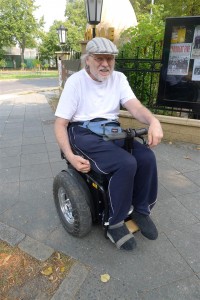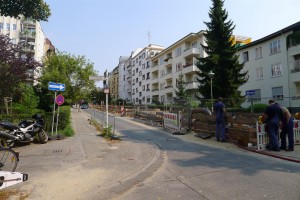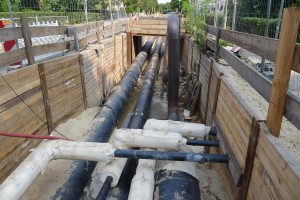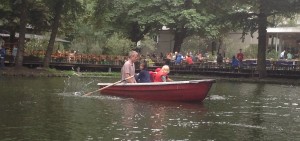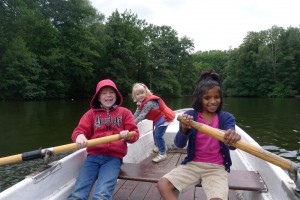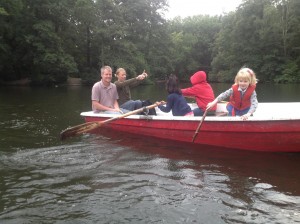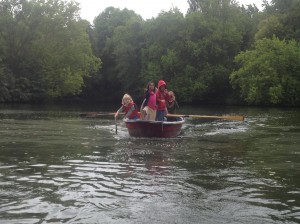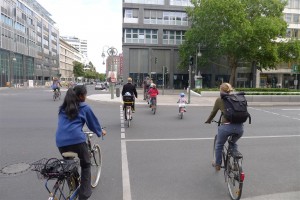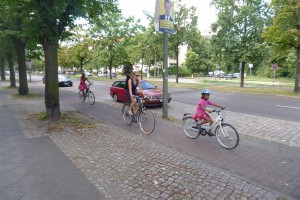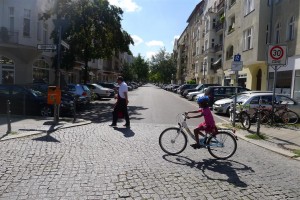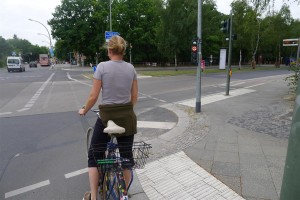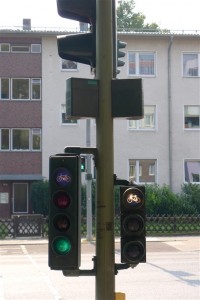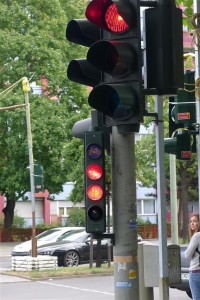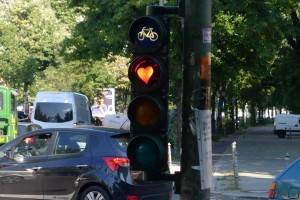I was biking back from across town with a just-purchased used guitar under my arm when I saw this vehicle. I stopped and did a double-take. Were there really just two wheels? A Segway wheelchair?!
The man graciously agreed to my taking a photo of his rig. We chatted. He loves his Segway, because he is not able to use a regular wheelchair. Yes, it takes some getting used to, but it’s not too difficult. He asked about the guitar. I had found it on eBay. He plays jazz keyboards with a friend who is a guitarist.
In the United States, German engineering is synonymous with quality. One of my goals in coming to Germany is to learn more about energy efficient materials, systems and technologies that may be years ahead of what’s currently available in the US. I was pleasantly surprised to find here, in the form of an unusual wheelchair, a wonderful example of innovative engineering that originates in New Hampshire. In 1999, inventor Dean Kamen founded the Segway Company, and subsequently built the company’s headquarters and manufacturing plant in Bedford, NH.

